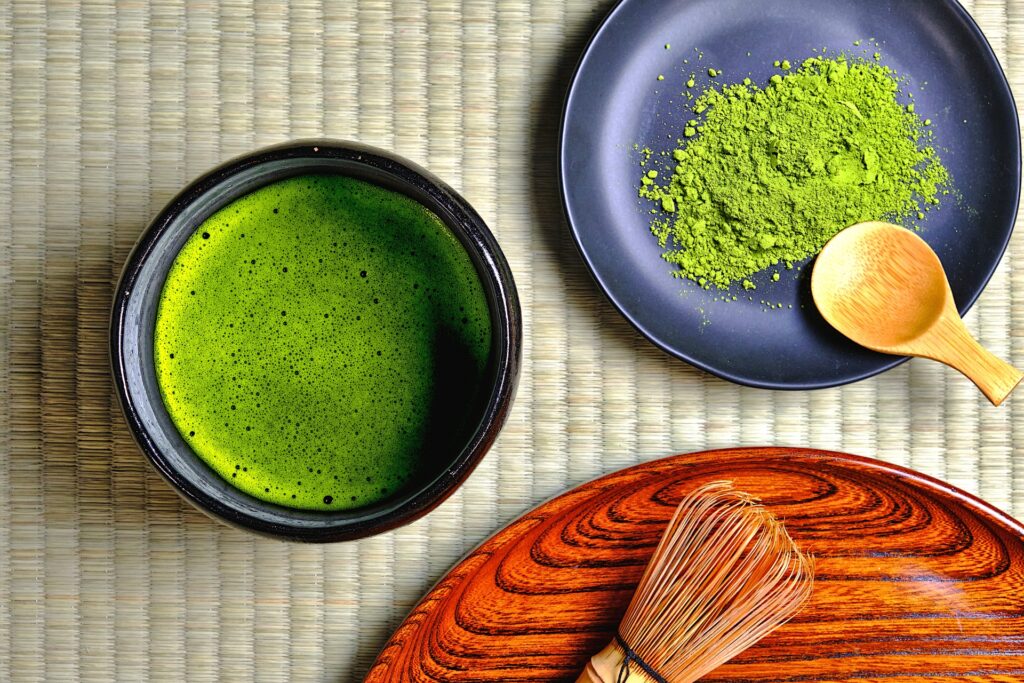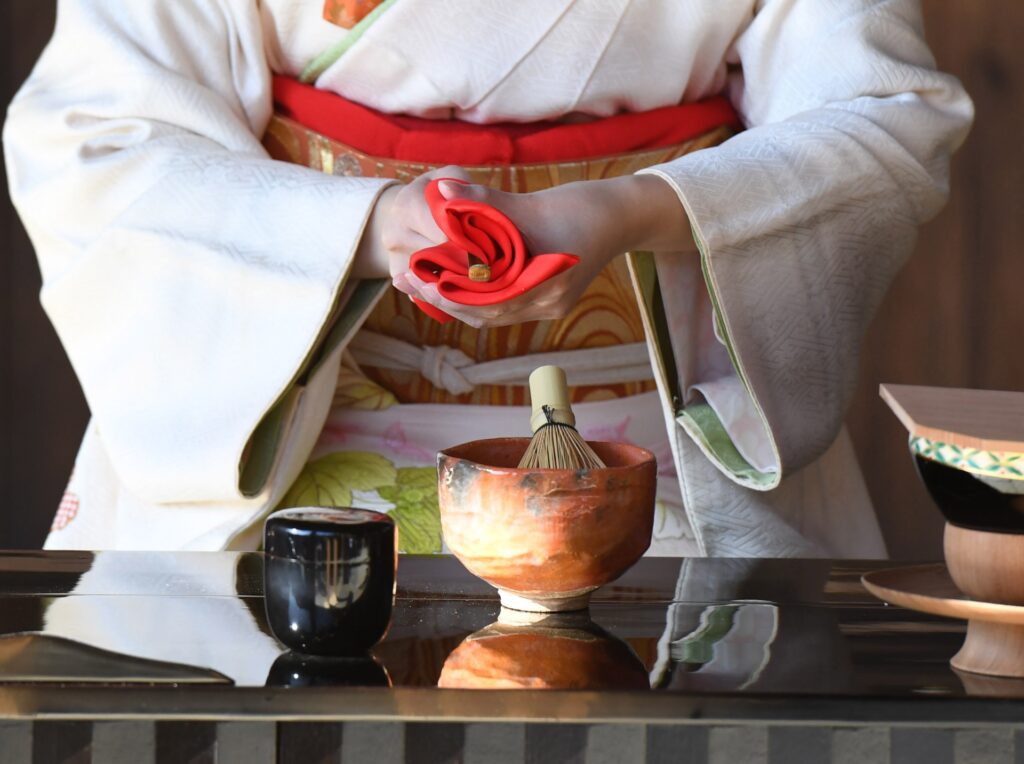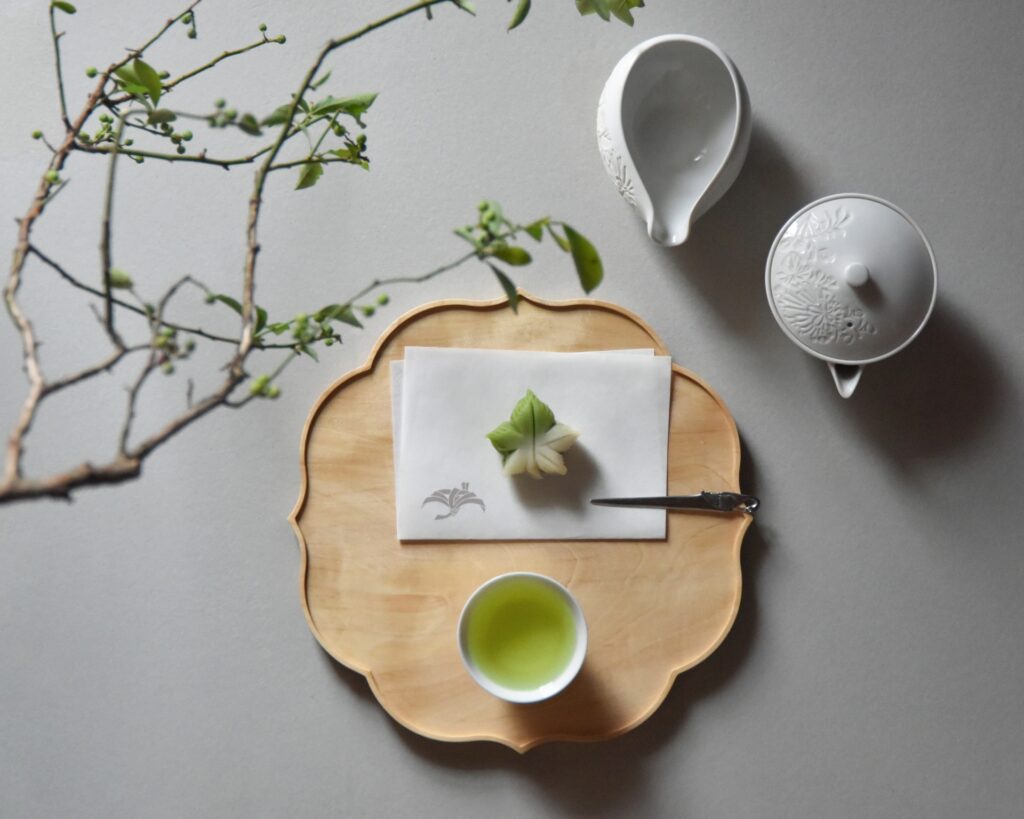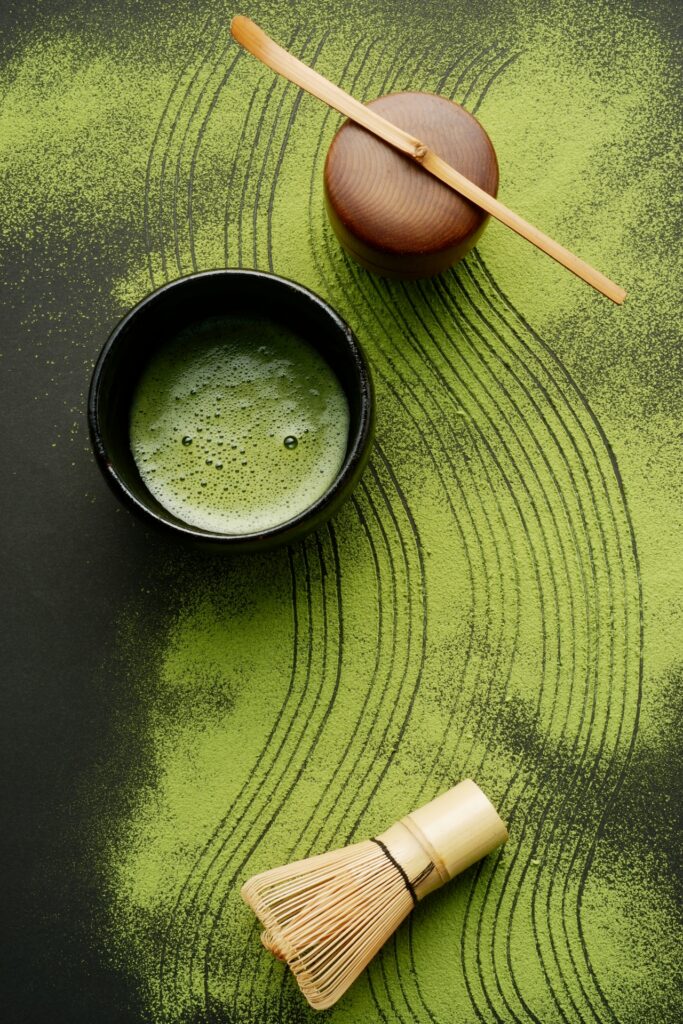
Tea holds a revered place in Japanese culture, woven into the daily fabric of life in Japan. From ancient rituals to modern-day practices, tea is more than just a beverage; it embodies a philosophy of tranquility, respect, and mindfulness. This article delves into the multifaceted role of tea in Japan, exploring its historical roots, cultural significance, and various types, along with personal experiences and insights into this timeless tradition.
A Brief History of Tea in Japan

Tea was introduced to Japan from China during the Nara period (710-794). Initially enjoyed by the elite and used in religious rituals by Buddhist monks, tea gradually permeated Japanese society. By the 12th century, the cultivation and consumption of tea had spread, leading to the development of distinct Japanese tea varieties and customs. The most significant evolution came in the 16th century with the formalization of the tea ceremony (chanoyu), influenced by Zen Buddhism.
Types of Japanese Tea
Matcha: The Ceremonial Tea
Matcha, powdered green tea, is perhaps the most iconic type of Japanese tea. Used in traditional tea ceremonies, matcha is prepared by whisking the powder with hot water, creating a frothy, vibrant green drink. The preparation and consumption of matcha are deeply ritualistic, emphasizing aesthetics, mindfulness, and the appreciation of simplicity.
Sencha: The Everyday Green Tea
Sencha is the most commonly consumed tea in Japan, enjoyed by people of all ages and walks of life. Made from steamed and rolled tea leaves, sencha has a refreshing, slightly grassy flavor. It is typically brewed in a teapot (kyusu) and enjoyed throughout the day, often served to guests as a gesture of hospitality.
Hojicha: The Roasted Tea
Hojicha is a unique Japanese tea made from roasted green tea leaves. The roasting process imparts a toasty, caramel-like flavor, and reduces the caffeine content, making it a popular choice for evening consumption. Hojicha’s distinct taste and aroma offer a comforting experience, especially during colder months.
Genmaicha: The Popcorn Tea
Genmaicha combines green tea leaves with roasted brown rice, creating a nutty, slightly sweet flavor profile. The addition of rice was historically a way to stretch the supply of tea, making it more affordable. Today, genmaicha is cherished for its unique taste and is often enjoyed during meals.
The Japanese Tea Ceremony: A Ritual of Harmony

The Japanese tea ceremony, or chanoyu, is a highly choreographed ritual that epitomizes the Zen principles of harmony (wa), respect (kei), purity (sei), and tranquility (jaku). Participants engage in a series of precise movements, from the preparation of the tea to its consumption, all within a serene, contemplative environment. This practice fosters a deep sense of connection with oneself, the surroundings, and the moment.
Tea in Daily Life: Beyond the Ceremony
Tea at Home
In Japanese households, tea is a staple. Mornings often begin with a cup of sencha, providing a gentle start to the day. Throughout the day, tea serves as a moment of pause, offering a chance to unwind and reflect. Many families have a designated tea set, and the process of brewing and sharing tea is an integral part of family life.
Tea in the Workplace
Tea is also prevalent in the workplace. Offices typically have a designated tea area where employees can take a break, recharge, and socialize. Offering tea to colleagues or guests is a common courtesy, reflecting the values of respect and hospitality that are central to Japanese culture.
Tea Houses and Cafes
Tea houses (chashitsu) and modern tea cafes are popular destinations for both locals and tourists. These establishments provide a tranquil setting to enjoy a variety of teas, often accompanied by traditional Japanese sweets (wagashi). They also offer an opportunity to experience the tea ceremony and learn about tea culture in a relaxed, informal environment.
Health Benefits of Japanese Tea
Japanese tea, particularly green tea, is renowned for its health benefits. Rich in antioxidants, vitamins, and minerals, green tea has been linked to improved cardiovascular health, enhanced cognitive function, and a reduced risk of certain cancers. The ritual of tea preparation and consumption also promotes mental well-being, encouraging mindfulness and relaxation.
Antioxidant Power
Green tea is packed with catechins, a type of antioxidant that helps combat free radicals in the body. These antioxidants support overall health, boost the immune system, and may slow the aging process.
Boosting Metabolism
The catechins and caffeine in green tea can enhance metabolic rate, aiding in weight management. Drinking green tea regularly is often recommended as part of a balanced diet and healthy lifestyle.
Mental Clarity and Calmness
The amino acid L-theanine found in green tea promotes relaxation and reduces stress without causing drowsiness. Combined with caffeine, it enhances focus and concentration, making green tea a popular choice for students and professionals alike.
Tea Festivals and Events
Throughout Japan, various festivals and events celebrate tea culture. These gatherings offer an opportunity to experience different teas, participate in tea ceremonies, and learn about the history and significance of tea. Notable events include the Uji Tea Festival in Kyoto and the Tokyo Grand Tea Ceremony.
The Influence of Tea on Japanese Arts and Crafts
Tea culture has profoundly influenced Japanese arts and crafts. The aesthetics of tea utensils, such as teapots, cups, and bamboo whisks, reflect the principles of wabi-sabi, an appreciation for imperfection and transience. Tea-related arts, including pottery (raku ware) and calligraphy, are integral to the tea ceremony, enhancing the overall experience.
FAQs

What is the most popular type of tea in Japan?
Sencha is the most popular type of tea in Japan, commonly enjoyed by people in their daily lives.
How is matcha different from regular green tea?
Matcha is a powdered form of green tea used in tea ceremonies, while regular green tea, like sencha, involves steeping whole or processed leaves.
Can you drink tea at any time of the day in Japan?
Yes, tea is enjoyed throughout the day in Japan, with different types of tea suited for various times, such as hojicha in the evening due to its lower caffeine content.
What are the health benefits of drinking Japanese tea?
Japanese tea, particularly green tea, is rich in antioxidants, which support overall health, boost the immune system, and promote relaxation and mental clarity.
Are there specific customs when offering tea to guests in Japan?
Yes, offering tea to guests is a gesture of hospitality and respect in Japan, often involving specific etiquette, such as serving the guest first and using both hands to present the cup.
Where can I experience a traditional Japanese tea ceremony?
Traditional tea ceremonies can be experienced at tea houses, cultural centers, and during tea festivals and events throughout Japan.
Conclusion
The role of tea in everyday Japanese life is a testament to the country’s deep appreciation for tradition, mindfulness, and hospitality. From the serene tea ceremonies to the comforting cups of sencha enjoyed at home and work, tea continues to be an integral part of Japanese culture. By understanding and experiencing the rich tea traditions of Japan, one can gain deeper insights into the values and aesthetics that shape this unique and timeless way of life.
Focus Keywords: Japanese tea culture, tea in Japan, Japanese tea traditions
Suggested Internal Links:
Learn more about Japanese lifestyle!
